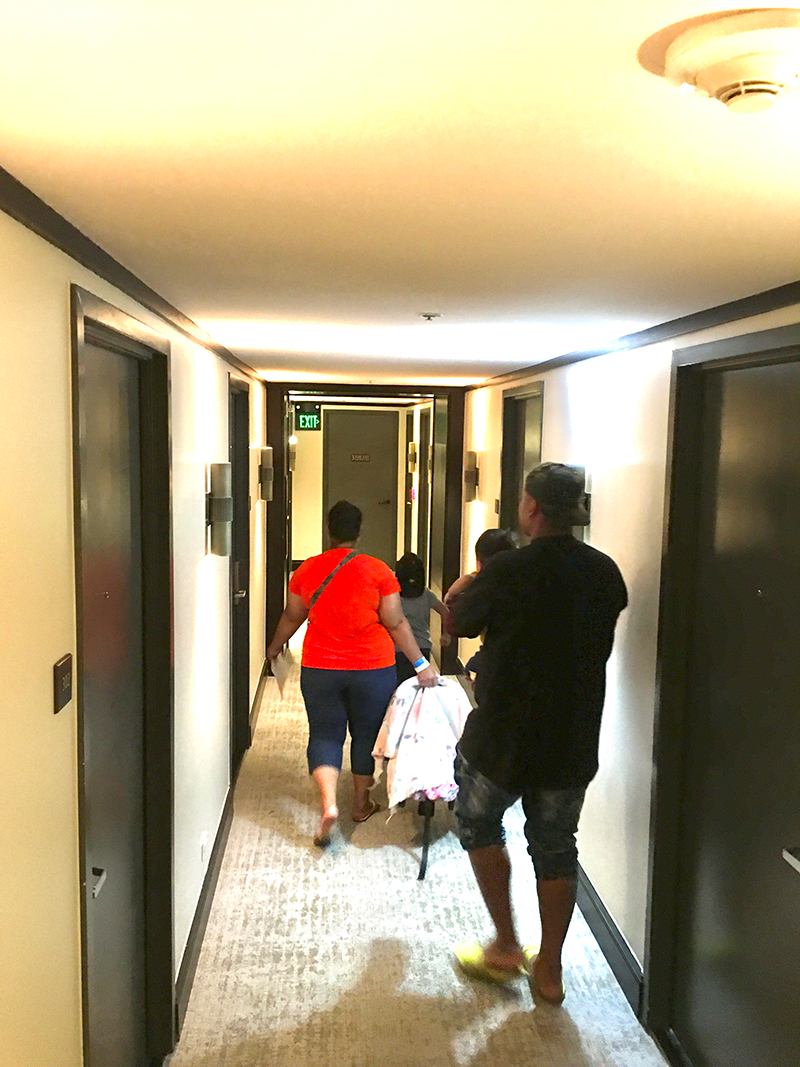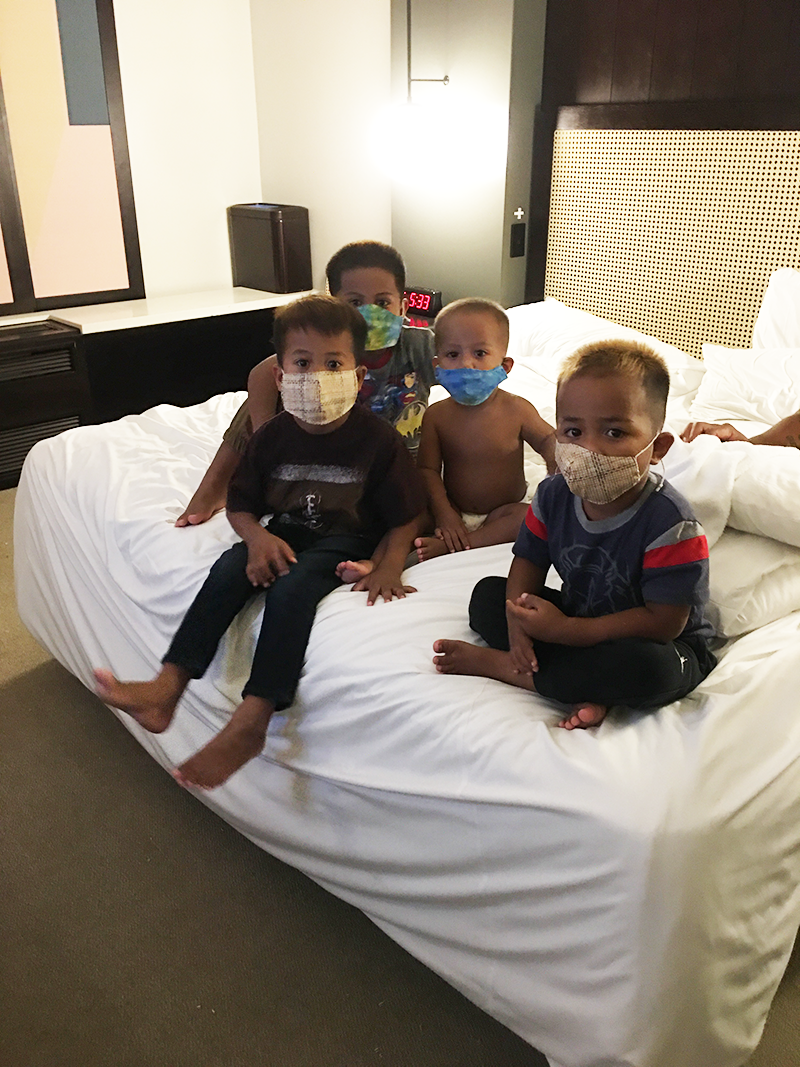New Models for Helping Homeless Families During COVID-19
Family Promise of Hawai'i
July 7, 2020
On any given day, an estimated 563 families with minor children in Hawai‘i have no place to call home.
Before COVID-19 hit, Family Promise of Hawai'i had a successful model for helping O‘ahu’s homeless families find temporary shelter. Working with 30 host sites around the island, many of them congregational facilities like churches and synagogues, Family Promise worked to provide families with meals and safe, clean places to sleep, at one-third the cost of a traditional shelter. Families stayed at each host site for a week, arriving by van each evening and leaving again in the morning, rotating sites weekly for as long as it took to find housing.
Temporary food and shelter security enabled families to save money and spend time looking for a permanent place to live. “Our main goal is to be that resource that helps them get back into housing as quickly as possible,” says Family Promise executive director Samantha Church. “All the data shows that shorter the [homeless] experience, the better the outcomes are for children, for educational level, for family well-being, and the mental health of the family as a whole.”
But COVID-19 closed facilities across Hawai'i, leaving homeless families more vulnerable than ever. “We immediately started looking for how we could pivot and continue to shelter people,” says Church. With a grant from the Hawai'i Resilience Fund of the Hawai‘i Community Foundation and support from the Weinberg Foundation, Family Promise found alternative shelters, including campsites and a hotel in Waikīkī — the first partnership with a hotel to house homeless on O'ahu.
To date, 10 families have found shelter at the hotel. One mom gave birth the day after her family moved in, enabling her baby to start life in safety. That program is coming to a successful close, with the last two families having successfully lined up apartments.
On average, 80% of the families that the organization works with find more permanent housing within three months. Church shares a sobering statistic: families with minor children make up 32% of Hawai'i’s homeless population. “That’s a huge myth-buster,” she says. When people hear about the homeless, she continues, they think of a lone adult: “They don’t necessarily think about families.” She references Aloha United Way’s ALICE report, which found that half of Hawai'i’s households are living paycheck to paycheck. “It really just takes one unexpected life event” for a family to lose their home, says Church: “It could be loss of employment, a medical issue, anything; one event, and they become homeless. COVID is one of those things.”
Although in early 2020, family homelessness was actually falling because of the coordinated work of several nonprofit organizations, the lives of families living paycheck to paycheck are about to get much more difficult. “We haven’t seen a huge wave of homelessness yet, because there’s a moratorium on evictions in place. But once it expires—it’s almost like we’re just prepping, now, for once the moratorium is lifted.” As of this writing, the moratorium on evictions expires on July 31. “There are many sleepless nights,” says Church, “But all we can do is keep trying.”



Photos courtesy of Family Promise of Hawai'i